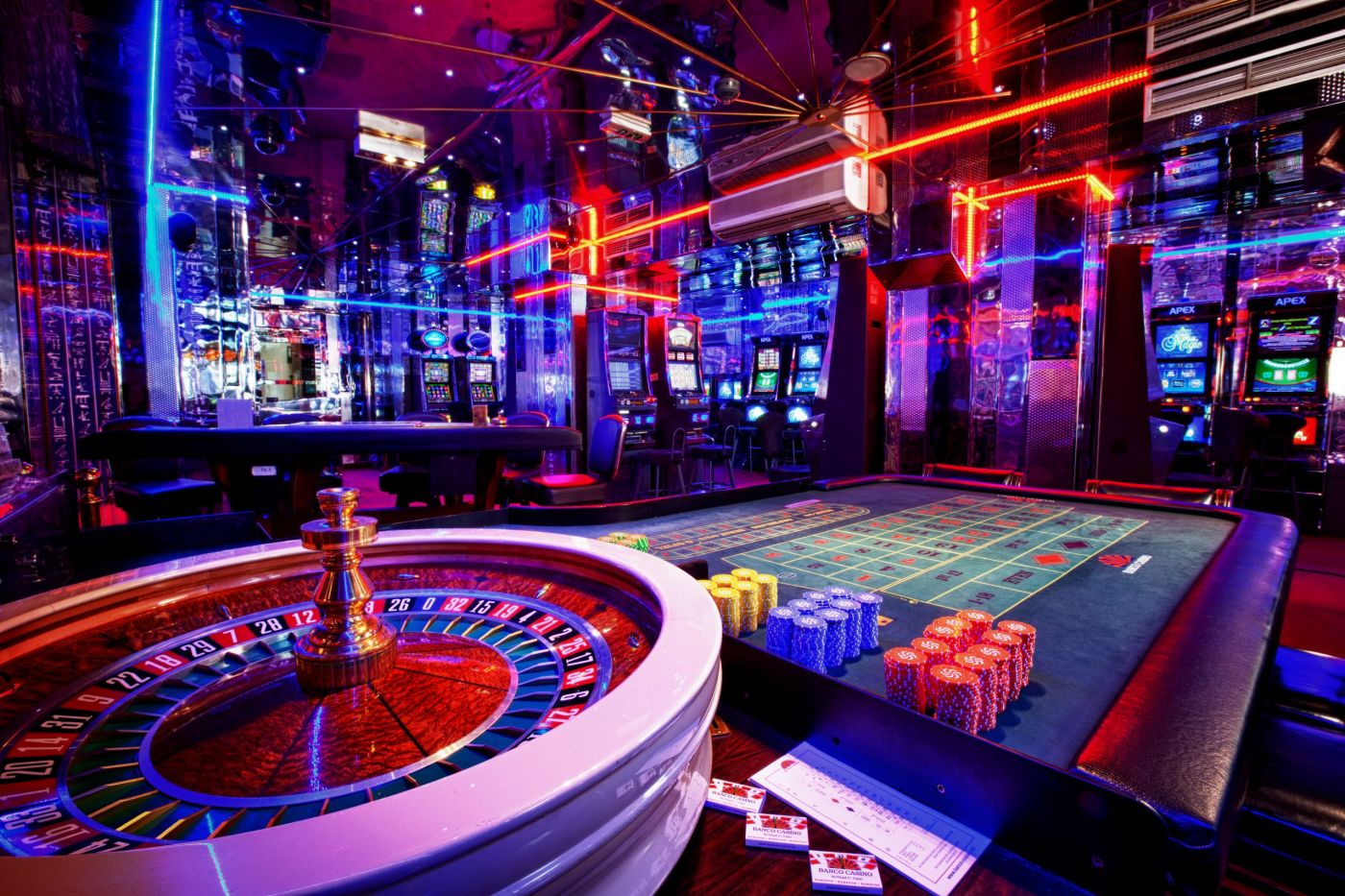Delving into the realm of manga Artistic Styles A Illustrative Overview

Manga has fascinated audiences worldwide with its dynamic storytelling and distinctive artistic flair. Emerging from Japan, this unique form of comic art combines intricate visual styles with enthralling narratives, making it a significant cultural phenomenon. As readers delve into the rich world of manga, they encounter a diverse range of art styles, each evoking different emotions and themes, reflecting the diverse stories that this medium offers.
Comprehending the various art styles in manga not only improves the reading experience but also provides perspective into the characters and the worlds they inhabit. From the iconic shonen with its bold lines and energetic characters to the more delicate, more detailed aesthetics found in shoujo, each style has its own charm and appeal. This visual guide aims to explore the countless of techniques and characteristics that define manga, assisting both newcomers and seasoned fans appreciate the artistry that breathes life into these stories to life.
Popular Manga Art Techniques
Comic books encompasses a varied range of art styles that showcase the creativity and cultural influences of its creators. One of the widely recognizable forms is Shonen, which is often characterized by dynamic characters, bold lines, and a emphasis on action and thrills. This form appeals to younger readers and includes series like Naruto Uzumaki and One Piece, where exaggerated expressions and powerful poses convey the intensity of battles and feelings.
On the other hand, Shojo manga presents a more delicate style with fine lines and detailed backgrounds, often aimed at a teenage female audience. This form emphasizes romance, relationships, and personal development, featuring characters with big, expressive eyes that highlight their emotions. Famous Shoujo titles like Sailor Moon and Ouran High School Host Club illustrate this artistic style, drawing readers into magical worlds of romance and friendship.
Seinen manga and Josei are styles that cater to mature readers, featuring adult-oriented themes and sophisticated characters. Seinen is aimed at men and tends to have a more realistic portrayal of the real world, showcasing emotional depth and intricate storytelling. Meanwhile, Josei focuses on the existence and relationships of women, often with a nuanced perspective. Manga such as Berserk and Nana illustrate the distinctiveness of these styles, appealing to readers who look for a more profound narrative and a refined artistic style.
Techniques
Designing characters in anime involves a varied array of methods that bring characters to life and keep them memorable. One key approach is the application of recognizable silhouettes. Artists often design unique shapes for their characters that immediately convey their personality or role in the story. This technique not only helps in distinguishing characters from one another but also assists in visual narrative, as viewers can glean information about the character easily from their outline.
Another successful method employed in manga character design is the application of exaggerated features. Artists frequently amplify certain attributes, such as eye features or hairstyles, to express specific traits or characteristics. For example, large, sparkling eyes may represent purity or excitement, while pointed, hard-edged features might imply a more serious character. This exaggeration helps to quickly communicate the essence of the character to the viewer, making it more straightforward for readers to form connections with them.
Lastly, color palette plays a vital role in character design. The decision of colors can provide insight into a character’s personality, emotional state, and even their relationships with other characters. Bright and cheerful colors might indicate a happy disposition, whereas darker hues can indicate mystery or threat. By thoughtfully selecting colors, manga artists can enhance the expressive effect and aesthetic appeal of their characters, making them more captivating for the reader.
Coloring and Gradient Techniques
In the world of graphic novels, tinting and shadowing are essential skills that render the artwork to vibrancy. Traditional comic art often uses black-and-white tones, but many artists embrace digital tools to add bright colors. The use of uniform colors is common, where large areas are colored with a solid hue to create a dramatic contrast with the intricate line work. This method maintains the clearness of the illustration while improving the visual presence, making the characters and scenes pop.
Gradient in manga usually employs techniques such as screentone application, hatching, and gradient fills. Screentones, a staple in manga creation, are stickers with textures that artists utilize to achieve multiple textures and shadowing effects. Line layering involves layering lines to create dimension and depth, adding a sense of truth to hair, clothes, and backgrounds. Artists may also use color transitions, transitioning from bright to dim, to mimic light and shadow, creating a more dynamic and 3D appearance.
Modern technology have revolutionized coloring and shadowing styles in modern comic art, allowing for increased experimentation and efficiency. NetTruyenViet Software such as Adobe Photoshop offers a range of brushes and effects, giving artists the power to mix colors effortlessly and apply complex textures. This modern advancement facilitates fast adjustments, enabling artists to explore their creativity without the limitations of traditional media. As a result, the contemporary manga landscape is increasingly diverse, showcasing different color techniques that cater to multiple aesthetic tastes.
